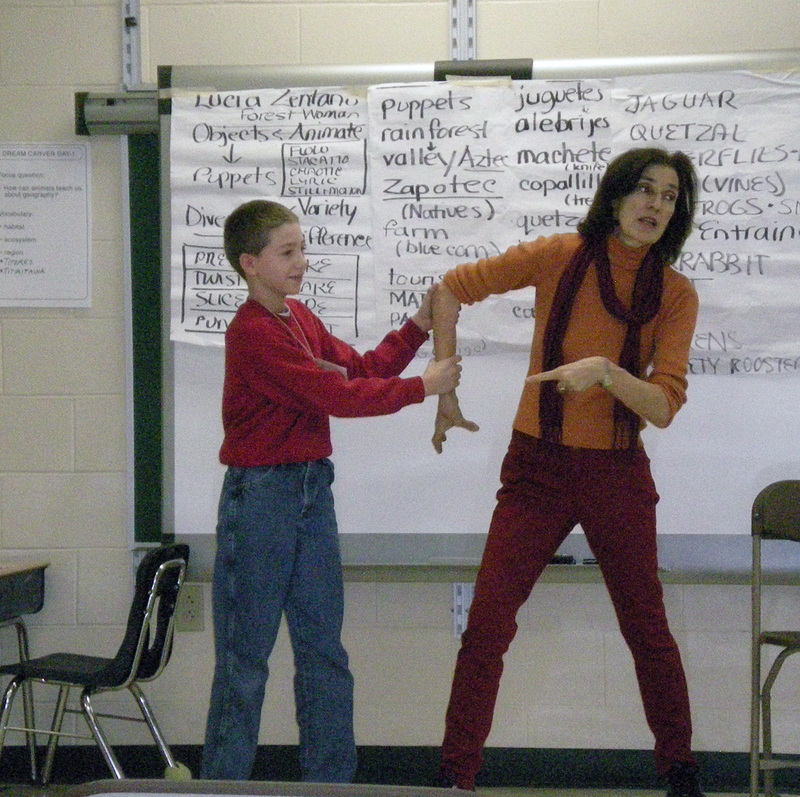
A recent federally-funded research project has found that most elementary school classroom teachers value arts exposure and arts collaboration. According to the Year 4 Findings (2013-14) of the Eastern Suffolk BOCES Creative Classroom Collaboratives (C3), a grant project funded by the US Department of Education Arts Education Model Development and Dissemination (AEMDD), teachers frequently reported that their students would have had "few opportunities to experience the arts" without the project.
Seven schools (three treatment sites and four comparison sites) were enrolled in the C3, a four-year project developed by Eastern Suffolk BOCES (ES BOCES), an educational agency serving the public schools in Suffolk County, NY. The participating schools had an at-risk, Title 1-eligible student population. The project focused on teachers in Grades 2-4 as well as educators in specialty areas (ie, art, music, physical education, and special education). The project's goals included boasting the collaboration skills and attitudes of participating teachers and teaching artists, while promoting artistic exploration among the students. In addition, C3 hoped to increase student achievement in 21st Century Skills and the core subjects of English Language Arts and mathematics.
|
"Several teachers reported that the C3 project had helped them to 'think outside of the box' in terms of their instructional approaches and provided them with teaching techniques that they will use going forward."
|
Pre- and post-surveys of Grade 3 and 4 educators conducted by Metis Associates, the project's evaluators, during Year 4 revealed that treatment teachers and specialists experienced significantly greater gains in the areas of creativity and innovations skills than the comparison educators. Treatment students also made significantly greater gains in each of the 4Cs-Creativity and Innovation, Collaboration, Critical Thinking and Problem Solving, and Communication-when measured along the side of the comparison group. The treatment teachers' collaborative experiences were particularly exciting. The teacher surveys showed that:
- Most classroom teachers (86% of those in Grade 3 and 89% of those in Grade 4) reported an increase in their use of cooperative instructional practices.
- The majority of Grade 3 and Grade 4 classroom teachers showed improved attitudes towards collaborative practices (68% and 74%, respectively).
"Several teachers reported that the C3 project had helped them to 'think outside of the box' in terms of their instructional approaches and provided them with teaching techniques that they will use going forward," noted the project summary. In addition, many teachers reported that the project had taught them new strategies to incorporate art, music and library resources into their classroom lessons as a means to engage students as well as address different learning styles and personalities. "Teachers working with students with disabilities and ELL students emphasized how engaging the lessons were for these students, and shared that they have begun using the artists' teaching techniques to engage their students in their own classroom lessons." To view the entire Year 4 (2013-14) summary, visit HERE.

The current Creative Classroom Collaboratives: Creativity-Confidence and Competence or the (C3)2 project is also being funded by the AEMDD. This new project is using the lessons learned from the C3 project to work with Grade 4 and 5 teachers and their students in high-needs schools and arts professionals. To learn more about the current (C3)2 project, visit HERE.